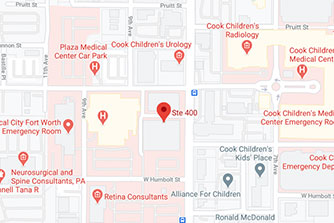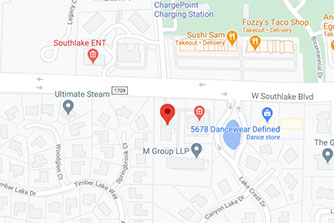What Makes Gynecomastia Excision Different from Other Male Breast Reduction

For men dealing with enlarged breast tissue, understanding the various treatment options available is crucial for making an informed decision. While several male breast reduction techniques exist, gynecomastia excision in Fort Worth and Southlake, TX, performed by Dr. Jonathan Heistein, stands out as a distinct and effective solution for many patients.
Gynecomastia and Its Treatments
Gynecomastia is more than just a cosmetic concern. It often arises from hormonal imbalances, medications, certain medical conditions, or lifestyle factors. If you’d like to explore this further, here’s a detailed look at what causes male breast enlargement.
The available solutions generally include non-surgical approaches, liposuction, or gynecomastia excision. Each method addresses the issue differently, depending on whether the excess tissue is primarily glandular, fatty, or a combination of both.
The Unique Aspects of Gynecomastia Excision
Gynecomastia excision surgery sets itself apart by directly addressing the condition’s root cause. While other male breast reduction surgery options, such as liposuction, are designed to remove fatty tissues, gynecomastia excision is aimed explicitly at eliminating glandular breast tissue. This makes it the most effective solution in cases where firm, fibrous tissue is the primary issue rather than fat.
In many cases, excision can be combined with liposuction for a more comprehensive result, mainly when both glandular tissue and fatty deposits contribute to the enlargement. The procedure is also known for its precision. Dr. Heistein, a board-certified plastic surgeon in Fort Worth, can accurately reshape the chest contours for long-lasting, natural-looking results.
Another reason patients opt for this method is its permanence. By surgically removing the glandular tissue, the chances of the issue reoccurring are significantly minimized compared to other methods.
When Is Gynecomastia Excision Recommended?
Gynecomastia excision is recommended for patients with primarily glandular rather than fatty tissue who haven’t responded to non-surgical treatments. Ideal candidates typically desire a permanent solution, have good skin elasticity, and maintain a stable weight.
Patients with obesity, untreated hormonal imbalances, liver disease, or lifestyle factors like smoking may need to address these issues before gynecomastia excision. Breast enlargement caused primarily by fat deposits or medications should also be evaluated, as these may require alternative treatments or adjustments.
The Recovery Process
As with any surgical procedure, recovering from male breast reduction requires a bit of patience and adherence to post-operative care instructions. After undergoing gynecomastia excision, you’ll notice immediate improvements in the appearance of your chest. Initial recovery typically lasts one to two weeks, during which you’ll be advised to rest and avoid strenuous activities. Wearing a compression garment during this time will help reduce swelling and make sure the chest heals properly.
Making the Right Choice
When exploring gynecomastia treatment options, a professional evaluation is key to understanding which procedure is right for you. Schedule your gynecomastia surgery consultation with Dr. Heistein today. If gynecomastia has been holding you back, now is the time to explore your options.


